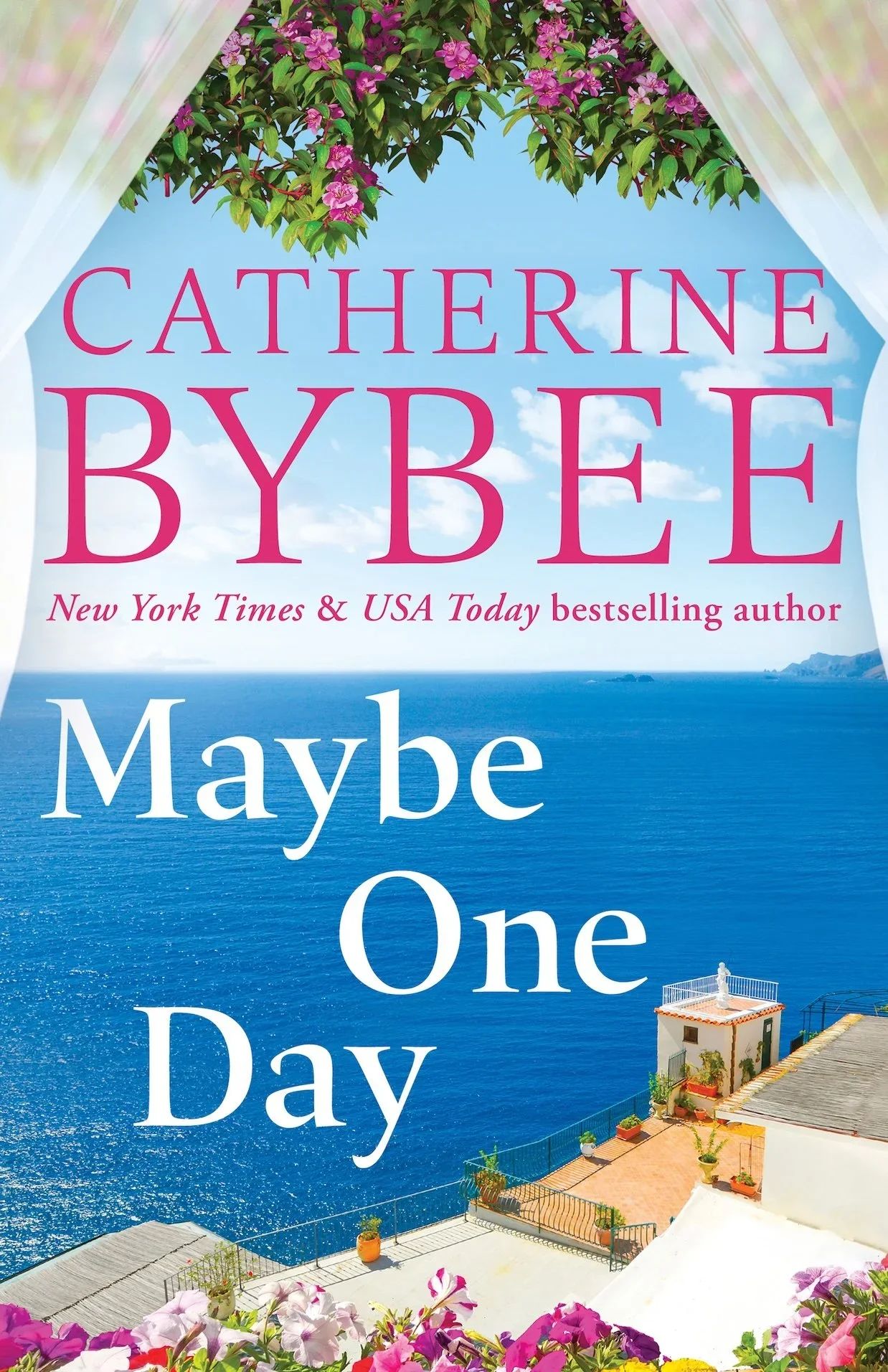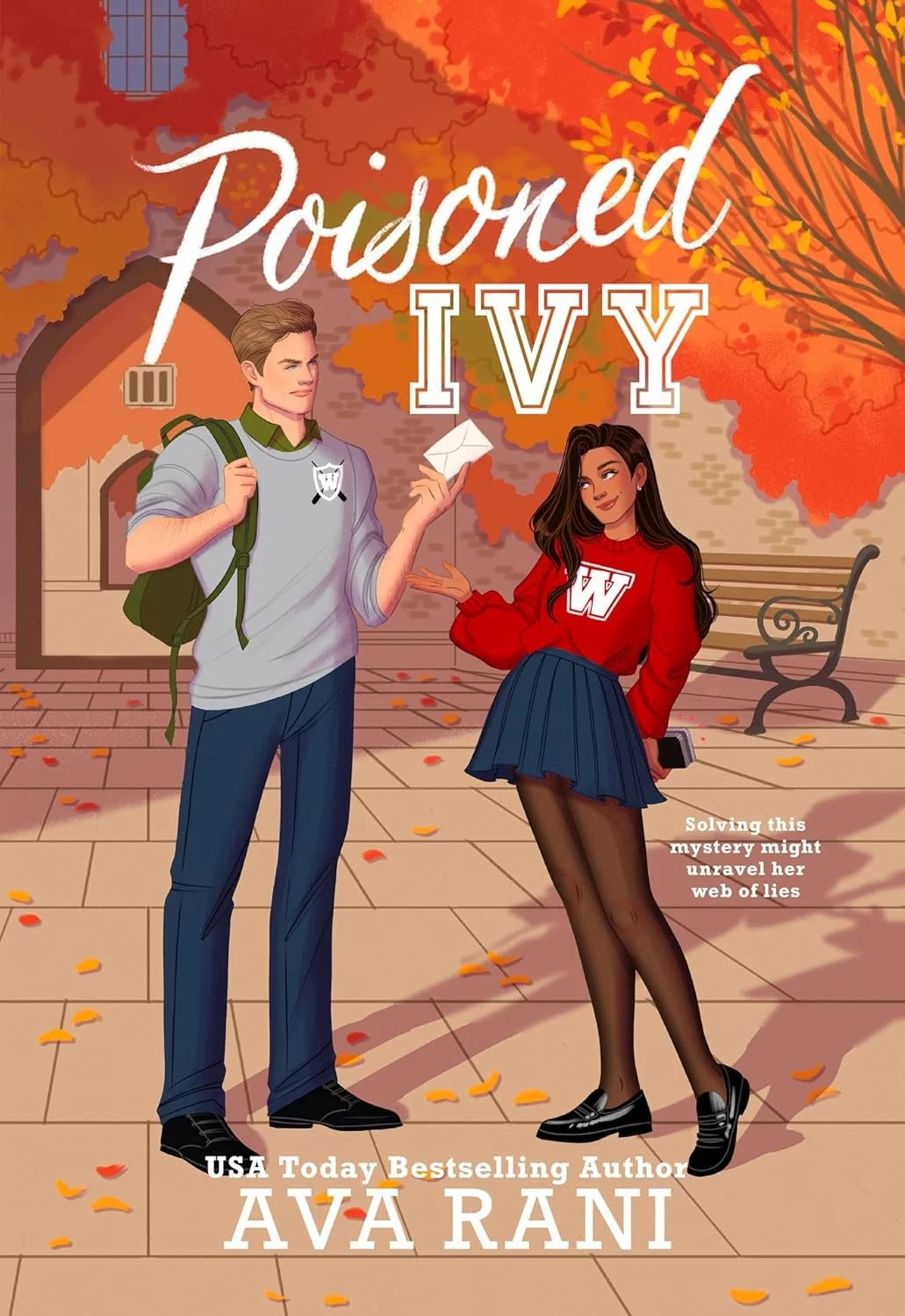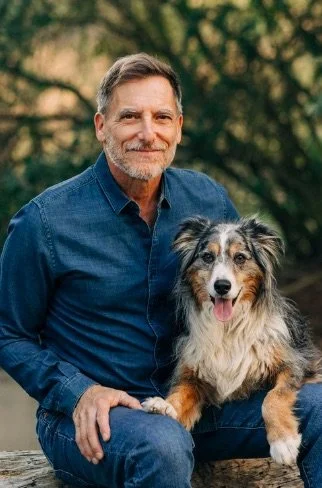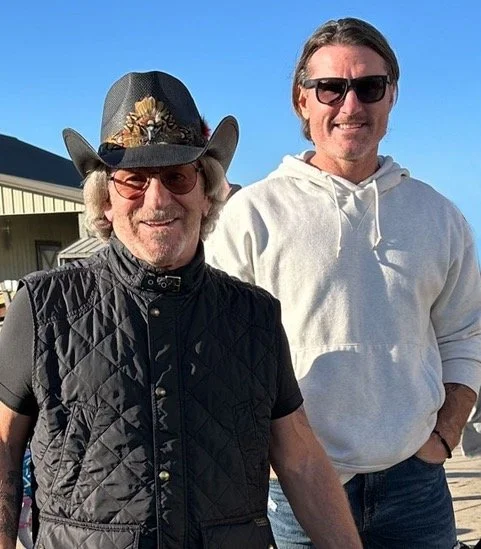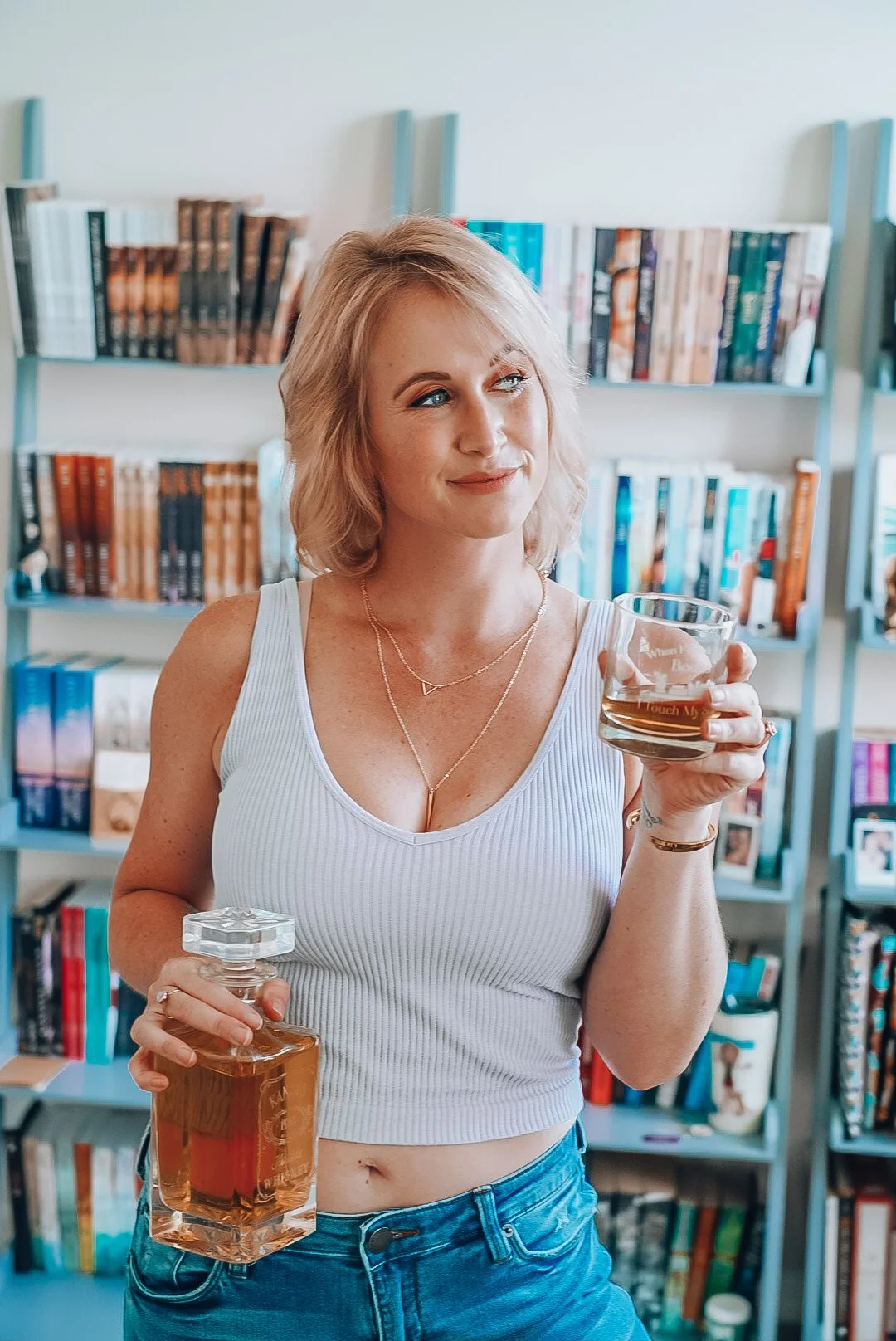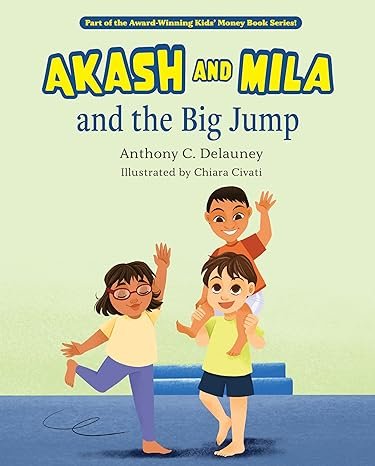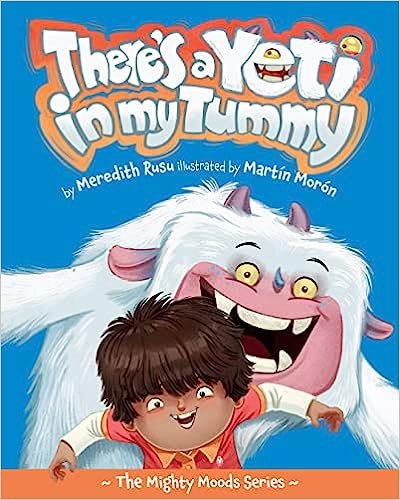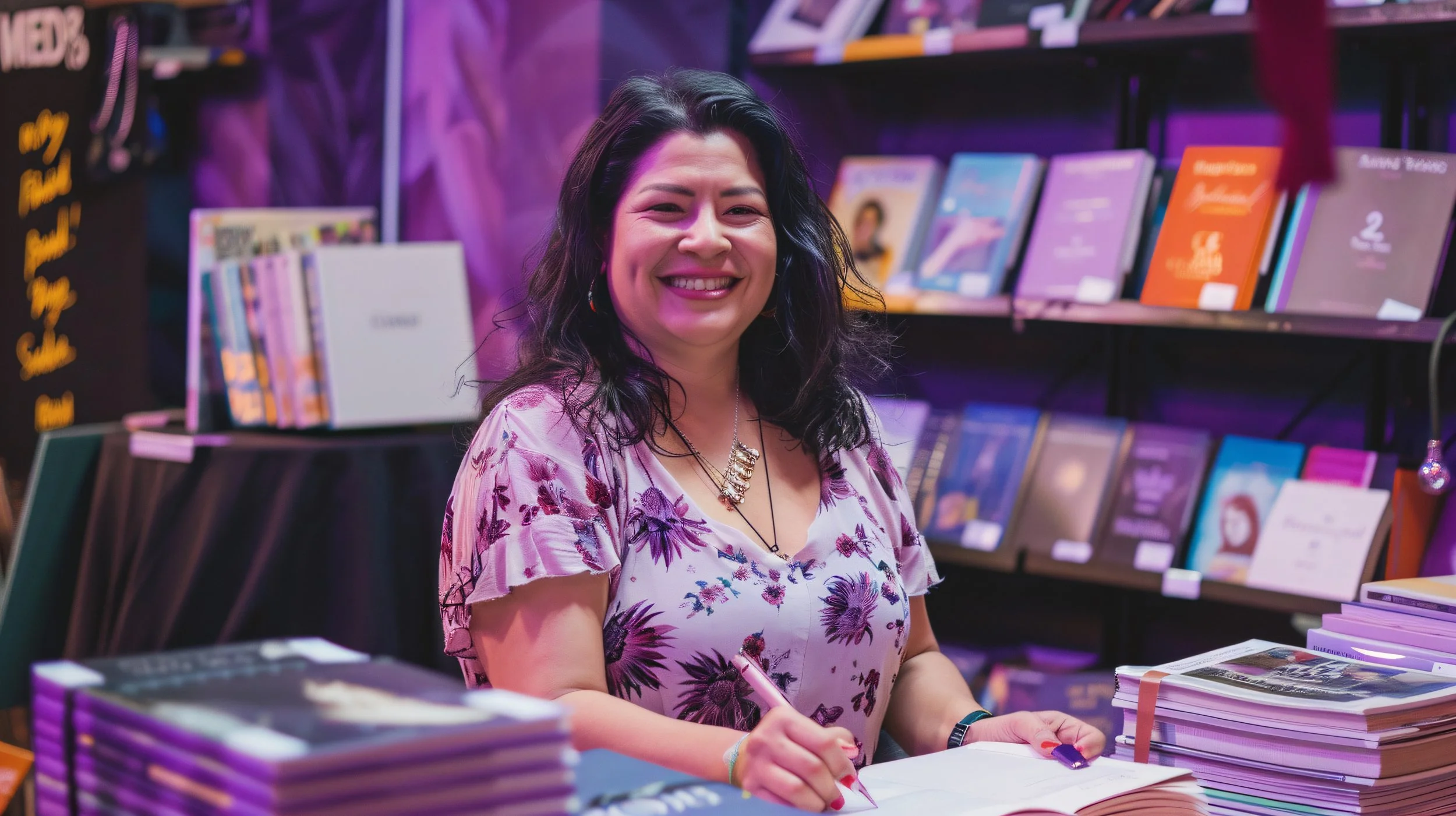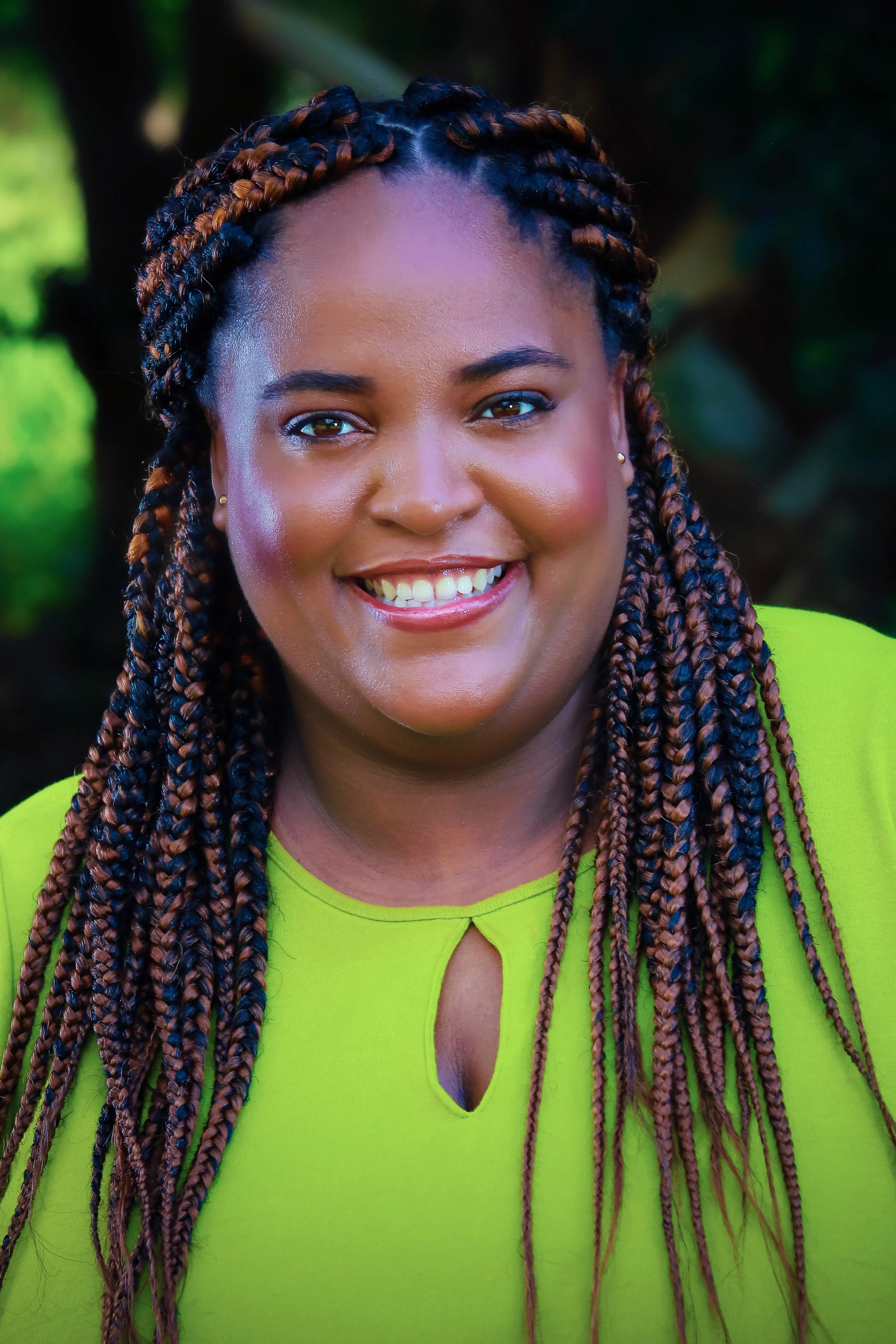10 Unanswered Questions About the JFK Assassination by R.G. Belsky
/When the Warren Commission issued its final report on the assassination of President John F. Kennedy, it was supposed to answer all of the questions Americans had about what happened on that tragic day in Dallas. Today we are more skeptical than ever that we know the whole truth. And even if you accept the Warren Commission’s basic premise that Oswald killed JFK on his own (a majority of American still believe it was some sort of conspiracy). There are many unanswered questions about what happened on November 22, 1963.
Here are some of them:
WHY DID OSWALD HAVE ONLY FOUR BULLETS?
Everyone knows there were three spent cartridges found next to the rifle on the sixth floor of the Texas Book Depository. Another bullet was in the chamber of the rifle. But no other ammunition was ever found. Not at the scene, not on Oswald, not in his belongings, not at his home or anywhere else. There was only one or two stores in the Dallas area that sold ammunition for that particular rifle, and no evidence Oswald had ever bought any. So why would Oswald go off to shoot the President with only four bullets for his weapon?
WHY DID SLAIN POLICE OFFICER J.D. TIPPIT STOP OSWALD?
The Warren Commission theorized that it was because Oswald fit the description of a suspect seen fleeing the JFK assassination scene. Okay, that sort of makes sense when you first hear it. Except – upon examination of the facts – it makes no sense at all. The police description broadcast that day was for an: “Unknown white male, approximately 30, 165 pounds, slender build…no further information or description at this time.” That general description clearly matched much of the male population of Dallas. (and didn’t exactly match Oswald). So why did Tippit – seeing a man simply walking down a street in the middle of the day miles from the assassination site – decide to stop him as a possible suspect prior to their deadly encounter?
WHERE DID THE POLICE DESCRIPTION OF A JFK SUSPECT COME FROM?
No one really knows how the police description – vague as it was – ever originated. Many believe it was based on a witness, Howard Brennan, who claimed to have seen a man in the sixth floor window at the time of the assassination. But other accounts say the description came from an unidentified source who said he saw an unidentified man running from the Book Depository after the shots were fired. No official basis for the police broadcast of that early description was ever confirmed.
WAS OSWALD EVEN ON THE 6TH FLOOR AT THE TIME OF THE SHOOTING?
There are no confirmed sightings of Oswald on the 6th floor when JFK was shot. There are, however, a number of people who reported seeing Oswald in other parts of the building, including eating n the lunchroom, shortly before the assassination. Some of these Oswald sightings were as late as 12:25 p.m. , just five minutes before the shots rang out. Making it even more mysterious was that the presidential motorcade was running at least five minutes behind schedule. All of this raises real questions about why Oswald wouldn’t have been in the 6th floor sniper’s perch with the rifle waiting for the motorcade to pass by.
WHAT WAS OSWALD’S MOTIVE?
Why would Lee Harvey Oswald want to kill President Kennedy? If he was indeed a Marxist sympathizer as he proclaimed, Kennedy was an unlikely target. JFK was a liberal president who had been working – against the advice of many hardliners in the government – to end the cold war with the Soviet Union. People who knew Oswald said he had expressed admiration for the young President. The most likely scenario for a motive has always been that Oswald was just an angry little man who wanted to become famous – and thought killing the President was the way to do it. But, if that were true, why did he flee, why did he deny it when he was arrested? If it was all about his ego, wouldn’t he have proclaimed it loudly to the world? To this day, no one has ever come up with a plausible motive why Oswald might have wanted President Kennedy dead.
WHY DID OSWALD GO HOME TO GET A GUN?
After the assassination, Oswald took a taxi and bus back to the rooming house where he was staying. When he got there, he took a handgun from his room and then left for what would be his encounter with Police Officer J.D. Tippit and subsequent arrest in a movie theater. But, if he had really planned to shoot the President that day, why wouldn’t he have taken the handgun with him when he left for work? Instead, it seems as if something unexpected had happened that made Oswald think he needed to go back to where he was living for the gun.
DID A POLICE CAR STOP IN FRONT OF OSWALD’S HOUSE?
Oswald’s landlady made a troublesome claim – which some people give credit to and others are more skeptical of – that a Dallas police car stopped in front of Oswald’s rooming house, honked several times and then pulled away just after 1 p.m. This was about an hour before Oswald’s name would even emerge in the JFK assassination. The Dallas police department said there were no reports of police cars in the area at that time.
HOW DID JACK RUBY GET INTO THE POLICE STATION TO KILL OSWALD?
Sure, Ruby was a friend of cops and had been in the stationhouse earlier in the weekend while Oswald was in custody. But on the morning of November 24, Ruby was running errands with his dogs in the car at the time Oswald was originally scheduled to be transferred. And then somehow he wound up in the basement at exactly the right time to pull the trigger. Many have theories about Ruby’s movements and motives on that day, but no real answers.
DID OSWALD KNOW RUBY?
Some people who worked at Jack Ruby’s strip club made claims – none substantiated – that they saw Oswald there as a patron. There was also speculation that both men had known the same underworld figures. And some have even speculated that there seemed to be a look of recognition on Oswald’s face in the basement of the Dallas police station seconds before Ruby lunged out of the crowd and shot him. But no actual relationship has ever been established between the two men until Ruby silenced Oswald forever with a single gunshot to the stomach.
WHY DIDN’T EARL WARREN TAKE RUBY BACK TO WASHINGTON TO TESTIFY?
When Chief Justice Earl Warren and other members of the Warren Commission went To Dallas to interview Jack Ruby in prison, Ruby pleaded with Warren to take him back to Washington to testify, saying his life was in danger in Dallas and “I want to tell the truth, and I can’t tell it here.” Warren refused and Ruby died a few years later, taking his secrets to the grave with him. And leaving us with so many unanswered questions….
R.G. BELSKY, a journalist and author based in New York City, is the former managing editor of news for NBCNews.com. Prior to joining NBC in 2008, he was the managing editor for the New York Daily News, the news editor for Star Magazine, and the metropolitan editor of the New York Post. He is the author of the Gil Malloy mystery series, which began with The Kennedy Connection.
About the Book
Half a century after the assassination of President John F. Kennedy, someone is killing people on the streets of New York City and leaving behind a bizarre calling card of that tragic day in Dallas.
In this bold and entertaining thriller from a true media insider, discredited newspaper reporter Gil Malloy breaks the story of the link between seemingly unconnected murders—a Kennedy half dollar coin found at each of the crime scenes. At the same time, a man emerges who claims to be the secret son of Lee Harvey Oswald and says he has new evidence that Oswald was innocent of the JFK killing.
Malloy, who has fallen from grace at the New York Daily News and sees this as an opportunity to redeem himself as an ace reporter, is certain there is a connection between the Oswald revelations and the NYC murders, but first he has to get someone to believe him. Convinced that the answers go all the way back to the JFK assassination more than fifty years ago, Malloy soon uncovers long-buried secrets that put his own life in danger from powerful forces who fear he’s getting too close to the truth.
Two tales of suspense fuse into an edge-of-your-seat thriller as Malloy races to stop the killer—before it’s too late.
Series: The Gil Malloy Series
Paperback: 368 pages
Publisher: Atria Books (August 12, 2014)





